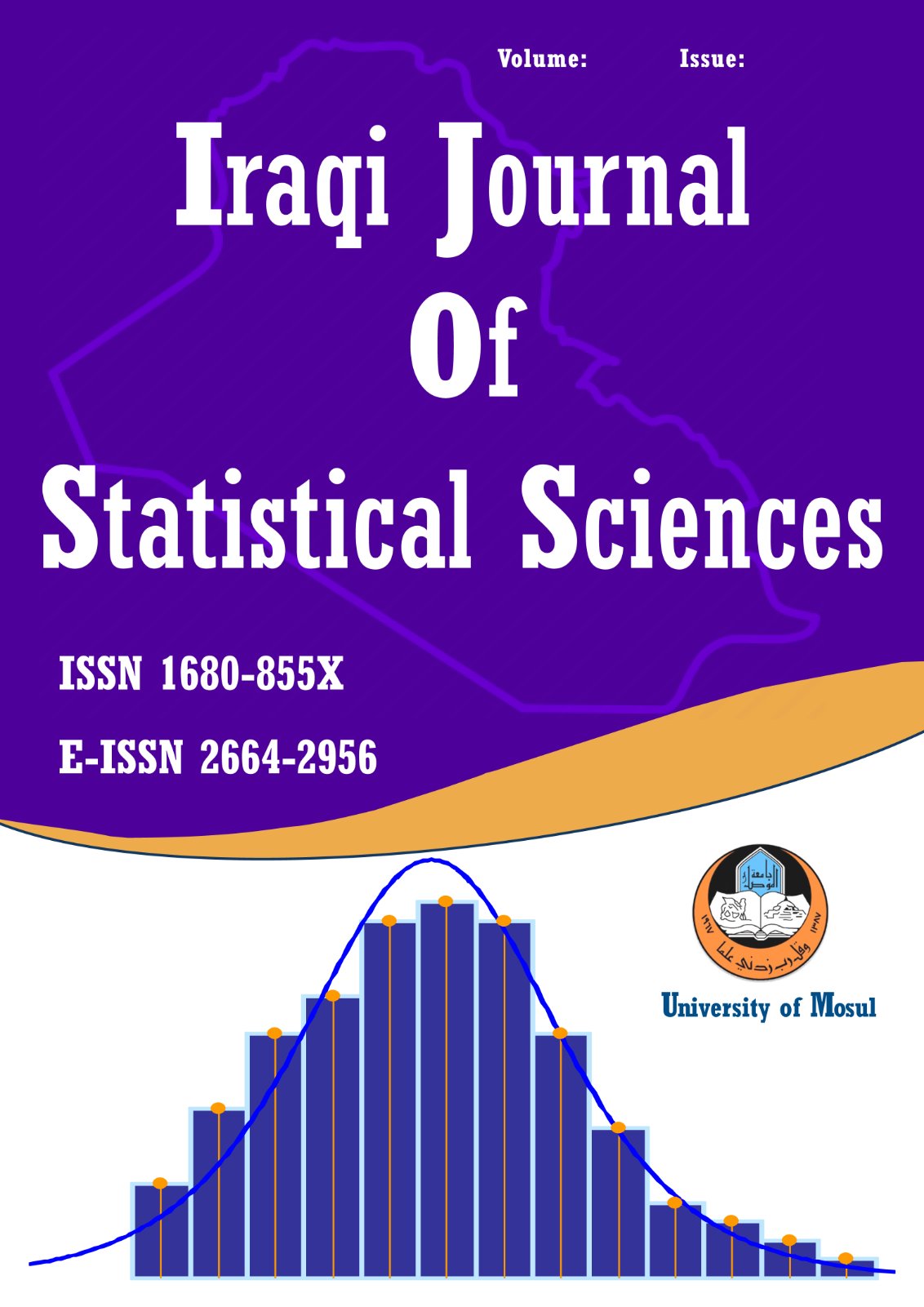Abstract
Studying and forecasting Particular matter (PM10) is necessary to control and reduce the damage of environment and human health. There are many pollutants as sources of air pollution may effect on PM10 variable. This type of dataset can be classified as anon-linear. Studied datasets have been taken from climate station in Malaysia. Multiple Linear Regression (MLR) is used as a linear statistical method for PM10 forecasting through its influencing by corresponding climate variables, therefore it may reflect inaccurate results when used with nonlinear datasets. Time stratified (TS) method in different styles is implemental for satisfying more homogeneity of datasets. It includes ordering similar seasons in different years together to formulate anew variable smoother than their original. To improve the results of forecasting, Recurrent Neural Network (RNN) has been suggested to be used after combining with MLR in hybrid MLR-RNN method in this study. In general, the results of forecasting were the best with using time stratified approach. In addition, the results of hybrid method were outperformed comparing to MLR model. As conclusion in this study, RNN and TS can be used as active approaches to obtain better forecasting results with nonlinear datasets in which PM10 is to dependent variable.
Keywords
air pollution
Forecasting
hybrid MLR-RNN.
Multiple linear regression (MLR)
Particular Matter (PM10)
Time Stratified (TS)
Abstract
ان دراسة الجسيمات المعلقة (Particular matter (PM10)) والتكهن بها ضروري للتقليل والسيطرة على الأضرار البيئية وصحة الانسان. هنالك العديد من مصادر التلوث او ما يسمى بالملوثات والتي ربما تؤثر على متغير PM10. كل هذه المتغيرات تصنف بياناتها كغير خطية. تم اخذ بيانات الدراسة من محطة مناخية في ماليزيا. تم استخدام نماذج الانحدار الخطي المتعدد Multiple linear regression (MLR) كطريقة إحصائية خطية للتنبؤ بمتغير PM10 من خلال تأثره بمتغيرات الأرصاد الجوية المقابلة، لذلك فقد يعكس نتائج غير دقيقة عند استخدامه مع مجموعات البيانات غير الخطية. طريقة التراصف الزمني في أنماط مختلفة تم استخدامها لتحسين تلك النتائج وتحقيق التجانس ويتضمن مراصفة المواسم المتشابهة في السنوات المختلفة سوية لتكوين متغير جديد مختلف عن الاصلي. لتحسين نتائج التنبؤ تم اقتراح الشبكات العصبية المعاودةRecurrent neural network (RNN) لتستخدم بعد التوفيق مع نموذج MLR ضمن الطريقة الهجينة MLR-RNN. ان نتائج التنبؤ بشكل عام كانت الافضل باستخدام أسلوب التراصف الزمني. وكذلك عكست النتائج افضلية تنبؤات الطريقة الهجينة مقارنة مع نموذج MLR. وكاستنتاج في هذه الدراسة فمن الممكن استخدام الشبكات العصبية المعاودة وأسلوب التراصف الزمني كأساليب فعالة للحصول على افضل نتائج التنبؤ مع البيانات غير الخطية متعددة المتغيرات.
Keywords
الانحدار الخطي المتعدد (MLR) ، الطبقية الزمنية (TS) ، المواد الخاصة (PM10) ، التنبؤ ، تلوث الهواء ، MLR-RNN الهجين
